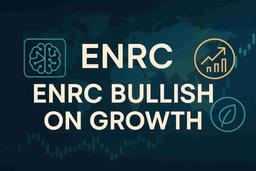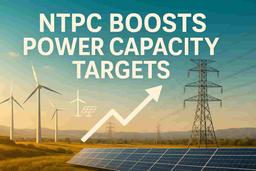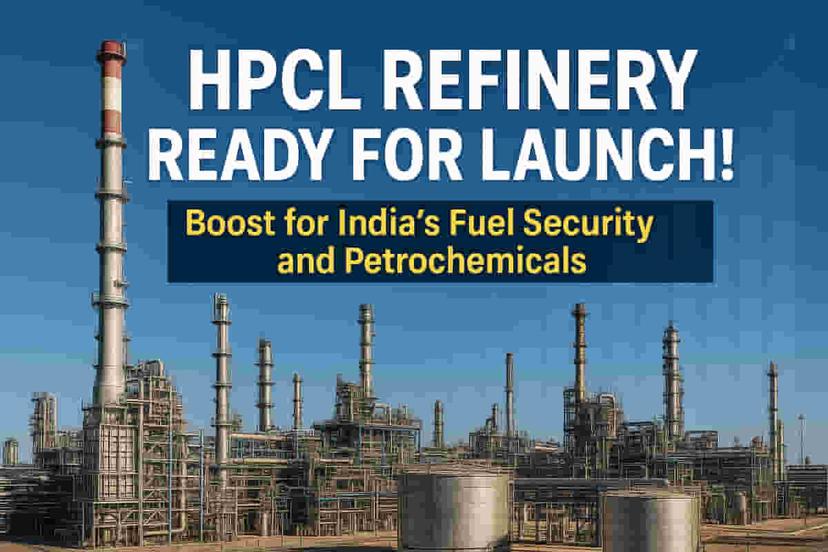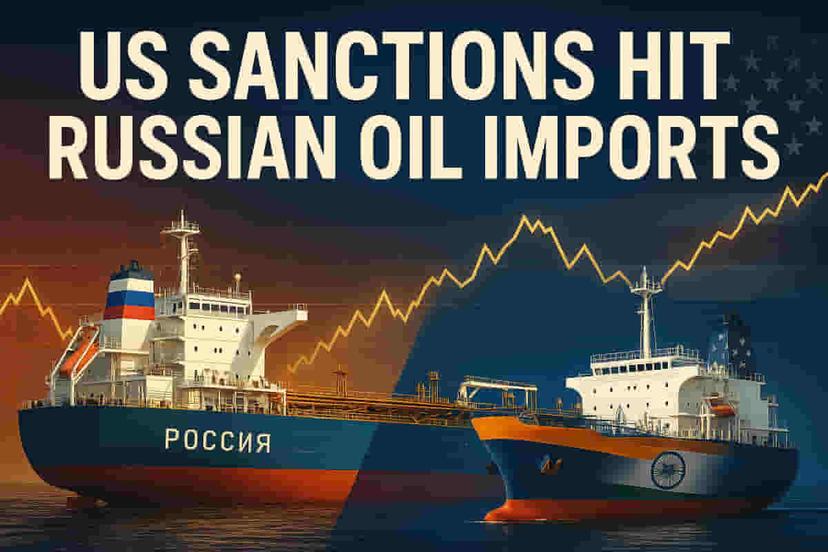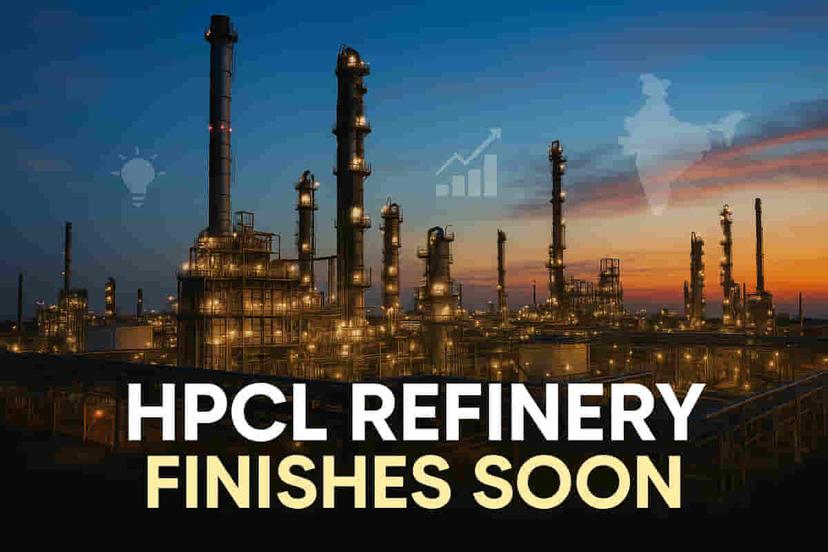India's Steel Sector Sees Major Investment Rush as New Players and Giants Expand Capacity
Short Description:

Stocks Mentioned:
Detailed Coverage:
India's steel industry is witnessing a major "steel rush" characterized by substantial new investments and capacity expansions from both emerging players and established giants. Companies like Lloyds Metals and Energy Ltd are investing ₹20,000-25,000 crore in setting up steel plants, while ACME Group, Synergy Capital, and Nithia Capital collectively plan over ₹37,000 crore in new ventures. Existing smaller companies such as Shyam Metalics and Energy Ltd and Rashmi Group are each investing ₹10,000 crore to boost operations. This influx of capital is fueled by India's projected steel demand growth of 8-9% annually, driven by rapid urbanization, infrastructure development, and a per capita steel consumption significantly lower than the global average. While the sector has historically seen consolidation due to bankruptcies in the past decade, new entrants are leveraging expertise in areas like mining (Lloyds), renewable energy (ACME), and raw materials (Synergy, Nithia) to build capacity. Despite challenges like cyclical price swings, the dominance of major players like JSW Steel, Tata Steel, and SAIL, and a current environment of multi-year low steel prices, the long-term growth prospects are attracting significant investment. Experts predict that India's steel demand could reach 210-230 million tonnes by 2029-30. The large incumbents are also aggressively expanding their capacities, aiming to add over 60 million tonnes per annum by 2030. Impact: This news is highly impactful for the Indian stock market, particularly for companies in the steel, infrastructure, and related manufacturing sectors. The substantial investments signal confidence in India's growth story and potential for increased demand, which could lead to higher valuations and market opportunities for companies involved in steel production and its supply chain. Rating: 8/10. Definitions: * **Blue-collar workers**: Manual laborers or workers paid hourly wages. * **Maoists**: Members of a revolutionary communist movement. * **Stock options**: The right, but not the obligation, to buy or sell a stock at a predetermined price and date. * **Alloy**: A metal made by combining two or more metallic elements. * **Primary steel manufacturing**: Making steel from raw materials like iron ore. * **Supply chain**: The sequence of processes involved in the production and distribution of a commodity. * **Installed capacity**: The maximum output a plant can produce under ideal conditions. * **Consolidation**: The merging of companies into fewer, larger entities. * **Bankruptcy**: A legal status of a person or entity that cannot repay debts. * **Non-performing asset (NPA)**: A loan that is in default or close to default. * **Blast furnace**: A high-temperature furnace used for smelting iron ore. * **Gestation period**: The time between investment and when a project starts generating returns. * **Hegemony**: Leadership or dominance, especially by one country or social group. * **Moat**: A sustainable competitive advantage that protects a company's market share. * **Direct reduced iron (DRI)**: Iron produced through direct reduction, often using natural gas or hydrogen, a precursor to steel. * **Green hydrogen**: Hydrogen produced using renewable energy, considered environmentally friendly. * **Coking coal**: A type of coal that burns with little smoke and is used in metallurgy. * **Metallurgical coke**: A fuel derived from coal, used in smelting iron ore.








